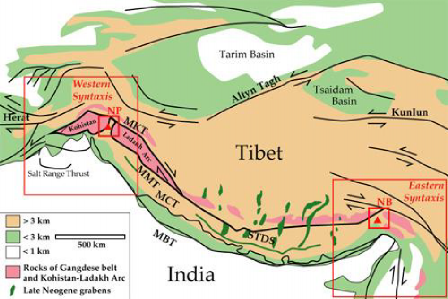Figure 5 – Plate tectonics and evolution of Himalayas
The Himalayas consist of four litho tectonic mountain ranges, namely (i) the Trans-Himalaya; (ii) the Greater Himalaya; (iii) the Lesser Himalaya; and (iv) the Shiwalik. The first phase of uplift produced the ranges of Trans Himalayas around 65 million years ago. Subsequent uplift led to formation of Greater Himalayas, Lesser Himalayas and Shiwalik mountain ranges.
2.2.1. Syntaxial Bends of the Himalayas
The structures and trends of the Himalaya change sharply at both ends of the range, defining bends called "syntaxes." It develops along the edges of two colliding plates near the zone of active collision. The western syntaxial bend is near Nanga Parbat where the Indus has cut deep gorge. The geological formations here take sharp hair-pin bends as if they were bent around pivotal points obstructing them. There is a similar hair-pin bend in Arunachal Pradesh where the mountains take a sharp bend from the eastern to southern direction after crossing the Brahmaputra river.

